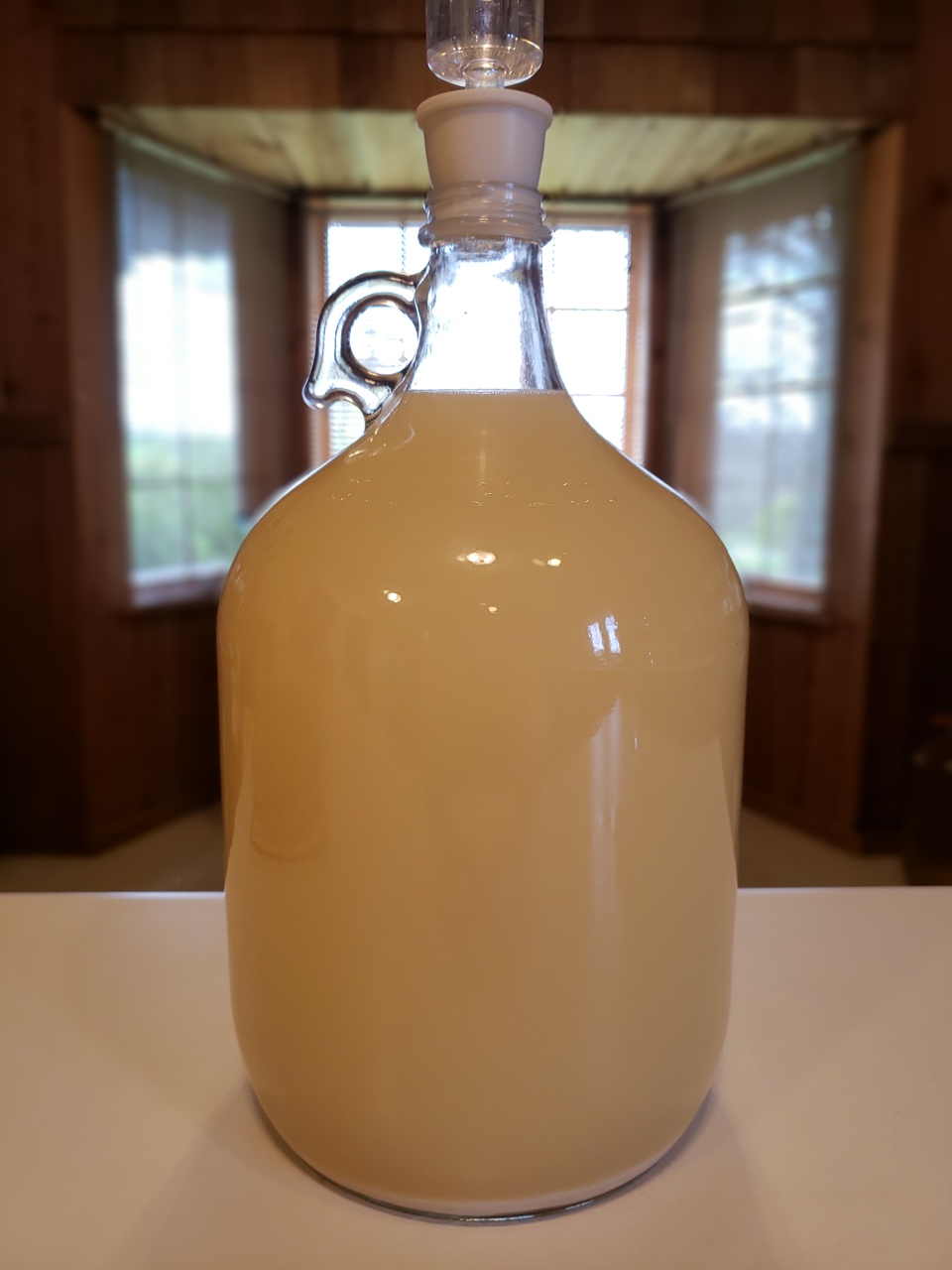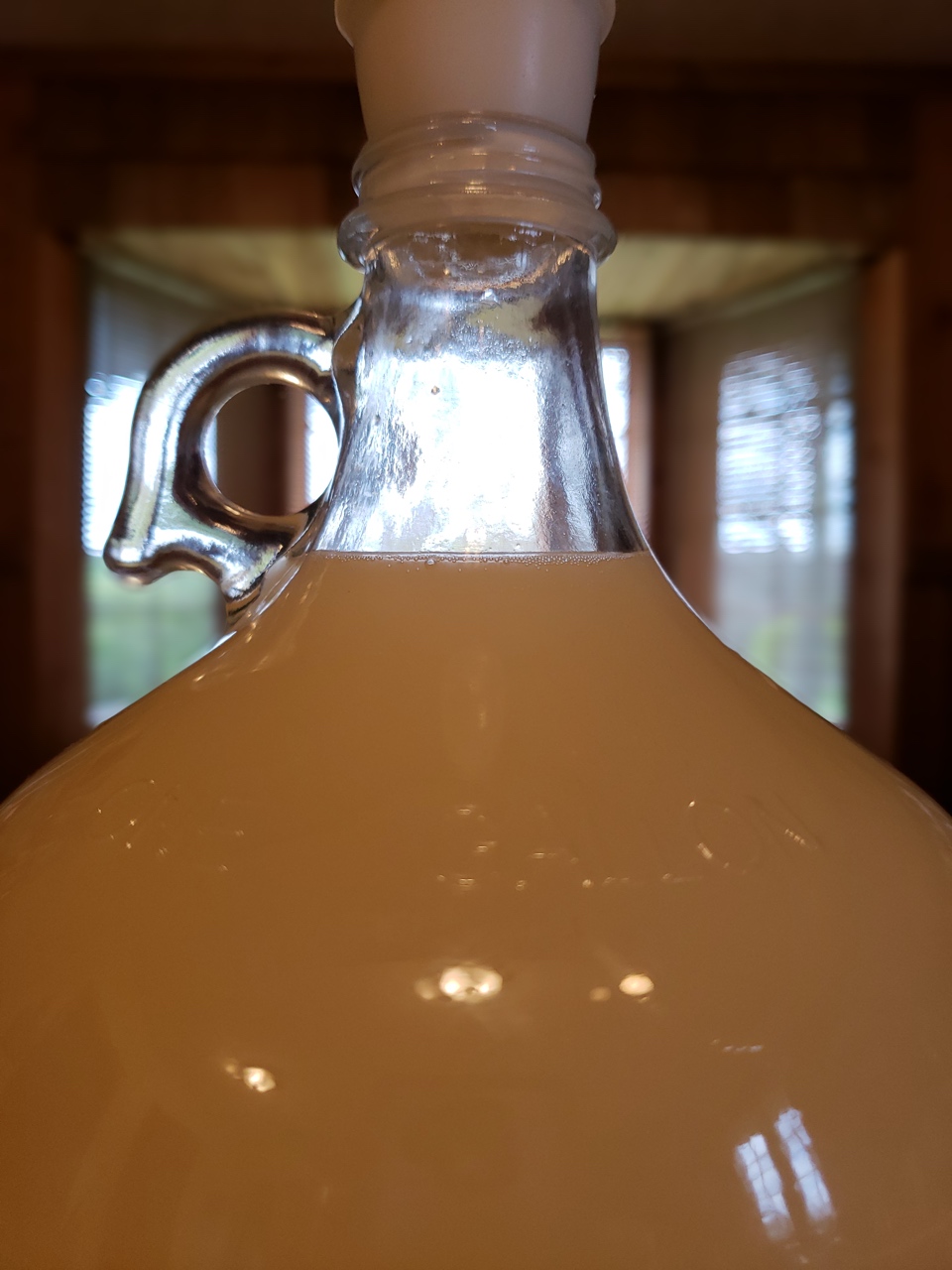
Who uses pineapple peels and cores? I do! It’s probably a natural progression from making the delightful fermented beverage, Tepache, to making wine from the peels and cores; after all, wine is also a ferment.
Per the usual, I began by researching: were there already recipes for pineapple peel wine out there that I could use as a starting point? (yes) Did I have all of the ingredients and equipment needed to embark on this project? (yes) Did I still want to make the wine after doing all that research? (clearly, yes)
I loosely based my wine on a recipe from India for a quick-fermenting brew that sounded like it would be very sweet; I modified it by changing the ratios of ingredients and utilizing some of my more “traditional” (standardized) winemaking ingredients and equipment. Here’s the process I followed to this point (makes 1 gallon plus 750mL):
- Take 2 frozen bags of chopped pineapple peel and core (from two jumbo pineapples, originally intended for tepache) out of the freezer and empty them into a 2-gallon fermenting bucket. Fresh pineapple peel/core would probably result in an even more flavorful wine.
- Fill a stockpot with about 4 liters of water, bring it to a boil, and add 5 cups of sugar (about 2 1/2 pounds). Stir to dissolve the sugar, and carefully pour the hot liquid onto the frozen pineapple.
- Add 1/4 tsp tannin and a crushed Campden tablet to the mix. Cover and leave for 24 hours.
- After the 24 hours, pitch champagne yeast. The next day, the yeast was active but I also realized that I had forgotten to add a tsp of yeast nutrient, so I stirred it in; the following day, the yeast was much more active.
After 3 days in the primary fermenter, I moved the wine to a secondary fermenter with airlock. It’s an unusual milky yellow color, and it smells a little like Tepache (minus the spices). Pineapple peel wine made from the original Indian recipe is intended to be drunk young, so I’ll taste it periodically to try to catch it before it ferments too dry. If it does end up too dry, backsweetening will be needed.

The fowl enjoyed the yeasty spent pineapple peels and cores that were left after straining the must into the secondary fermenter. That yeast is nutritious, too, and will likely make their already-delicious free range eggs even healthier and tastier! Another way to avoid food waste: feed spent, but still nutritious and species-appropriate, ingredients to animals that will be happy to scarf them down (and if you’ve seen the ducks, chickens, and guineas attack pineapple rinds, you know they love it).
We’ll update the blog as the wine progresses – stay tuned!
How does pineapple peel wine sound to you? Let us know in the comments!

Comments are closed.